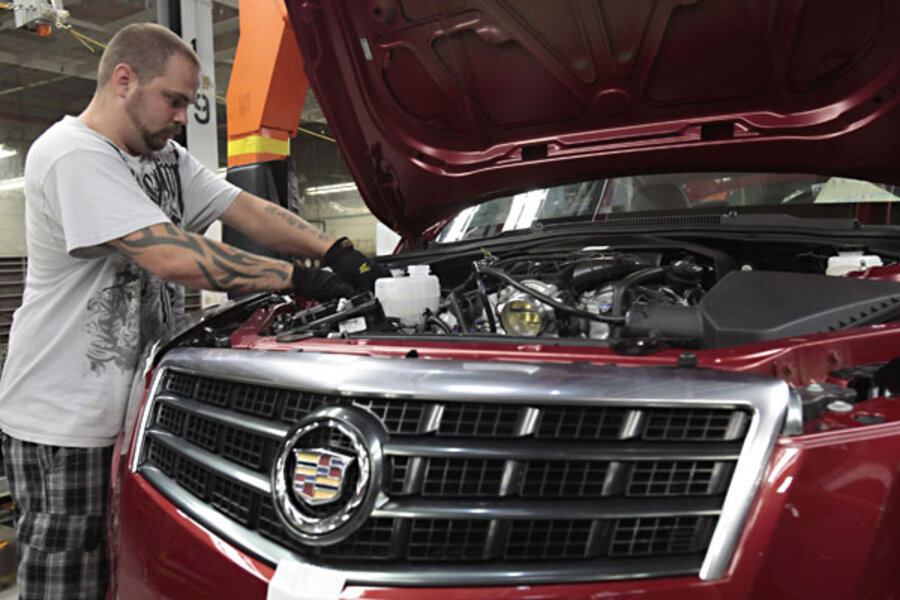GM cars get WiFi for pedestrian safety
Loading...
Pedestrian-detection is nothing new -- automakers like Volvo and Mercedes-Benz have been developing such safety systems for years. So what makes General Motors' new pedestrian technology interesting?
For starters, it works via your smartphone.
GM's pedestrian-detection system is based on Wi-Fi Direct, a technology that allows wi-fi devices to communicate with one another. But this is different than having two laptops "talk" over a network. Wi-Fi Direct requires no network at all, permitting wi-fi gadgets to interact directly (as the name implies).
How does it work?
If you've ever used Bump or CardFlick, you have an inkling of how this works. With Bump, for example, two new friends open the requisite smartphone app, then "bump" phones to exchange contact info.
GM's new pedestrian-detection system works in a similar way. Pedestrians download an app to their smartphones, which runs in the background anytime the phone is on. GM's next-gen cars then use Wi-Fi Direct to "see" any app-using pedestrians in their path.
The difference between short-range apps like Bump and GM's new tech is that Wi-Fi Direct can connect devices up to 656 apart. In crowded urban areas, GM vehicles could keep track of hundreds of nearby pedestrians.
The good, the bad
This technology, which is still in the formative stages, has a number of advantages:
- It builds on GM's growing platform of vehicle-to-vehicle technology, offering new ways to identify pedestrians that might not be caught by radar or other systems.
- It doesn't require GM to develop any new hardware: it can be folded into current sensor-based systems.
- It connects to smartphones, which are rapidly becoming ubiquitous in the U.S.
- It could provide a huge benefit to people who spend a lot of time on the streets, including construction workers and delivery persons. According to GM, in 2010 alone, 4,280 pedestrians and 618 bicyclists were killed after being struck by automobiles.
- It could allow for greater interaction between cars and homes -- for example, permitting GM owners to transfer music files and movies from laptops in their home offices to their cars' entertainment systems.
However, the technology isn't without its shortcomings. Most notably, it requires that pedestrians download the associated app. If there's no app, Wi-Fi Direct can't communicate with it.
Our take
All in all, this sounds like a very intriguing tech development. While it's not perfect -- a perfect system would be passive, requiring no input from pedestrians -- it strikes us as an innovative concept that could, over time, serve as the basis for many safety improvements.
Also, pedestrian-detection stands to be hugely important in the future. Between the continuing surge of urban populations and the growing popularity of super-silent hybrids and electric cars, pedestrian-detection tech will become even more crucial in preventing accidents.
Science fans: we'd love to hear your thoughts. If systems like this relied on something other than apps -- say, just detecting wi-fi enabled smartphones -- would that improve the system? Or could that be too invasive? What other safety systems could be enhanced by Wi-Fi Direct technology? Feel free to share your own big ideas in the comments below.







